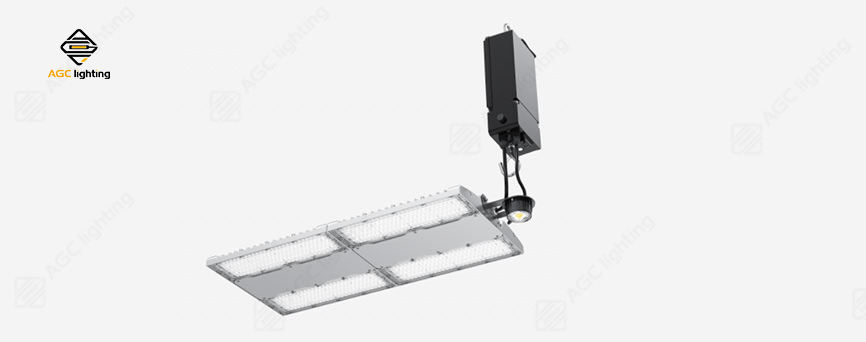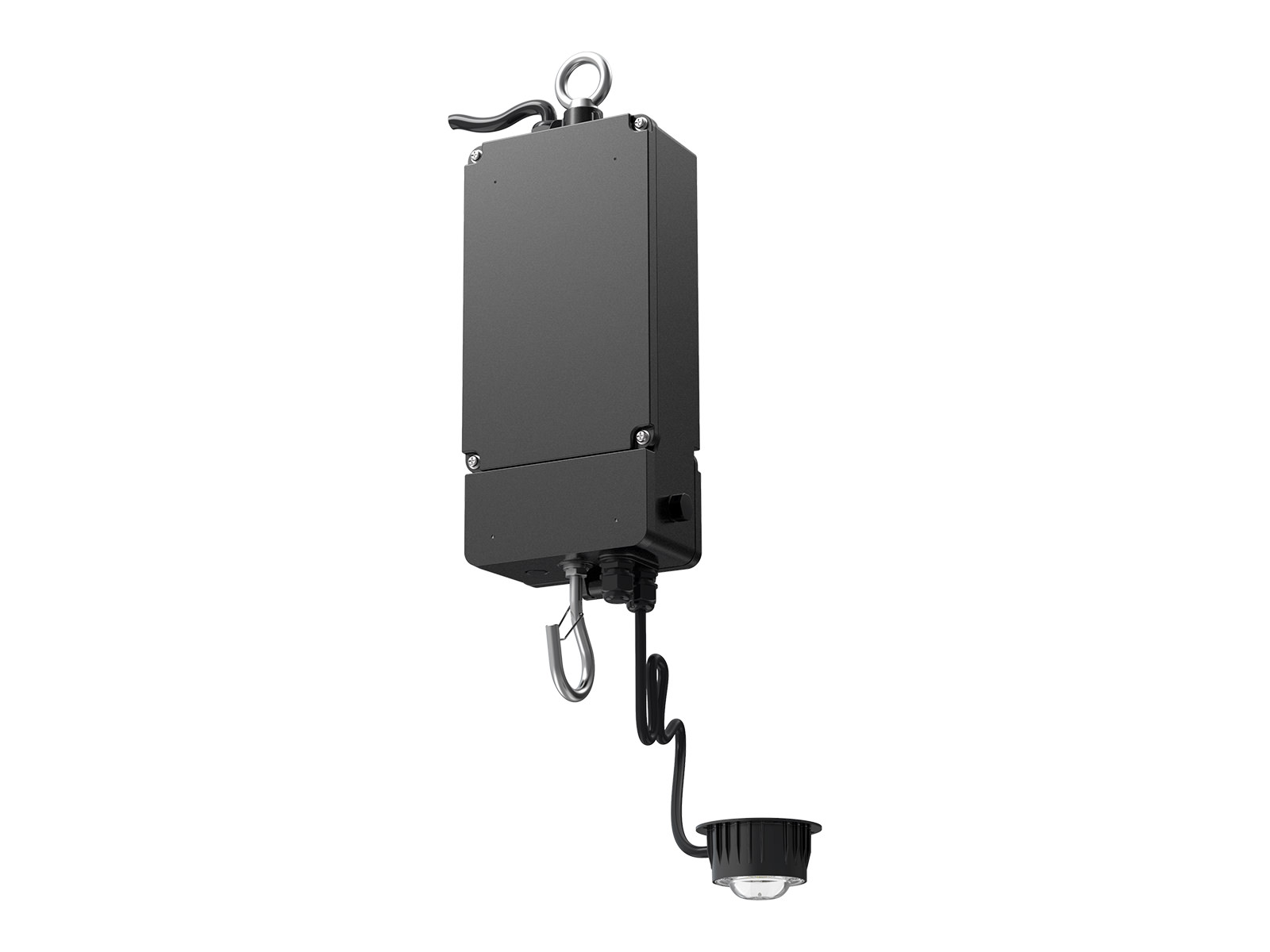Emergency lighting is a kind of lighting that is activated when normal lighting fails for any reason to help people leave a building safely. Emergency lighting is designed for two purposes: escape lighting and backup lighting.
Escape lighting enables buildings to be evacuated in case of fire, earthquake, terrorist attack, etc. It could also make it easier for rescue teams to search buildings. Backup lighting can maintain lighting at a safe level in the event of a power outage or other failure.
Emergency lighting makes fire and safety equipment more accessible. It guides escape routes by creating sufficient visibility conditions.

On escape routes, a minimum light level of 1 lux is required for 1 hour. In terms of consistency, the scale of maximum to minimum illumination should not exceed 40:1. For machine work areas and areas where hazardous equipment is located, this light level should be 15 lux with a uniformity of 10:1. The EN 1838 international standard specifies the minimum necessary requirements, other definitions, and classifications for emergency lighting.
Emergency lighting plays a vital role in industrial, and commercial, and residential lighting; it has different applications and requirements depending on the country. The design of emergency lighting can therefore vary according to the field of application.
Emergency lighting is essential for safety in case of power outages or disasters. That’s why we have developed a reliable and efficient emergency lighting solution that can illuminate your space and guide you to safety. If you want to learn more about our emergency lighting solution and how it can benefit you, contact us today.
Click the video to learn more:















